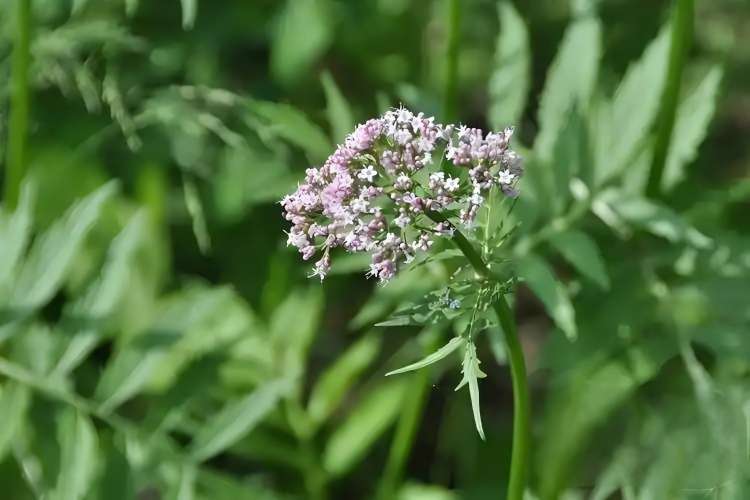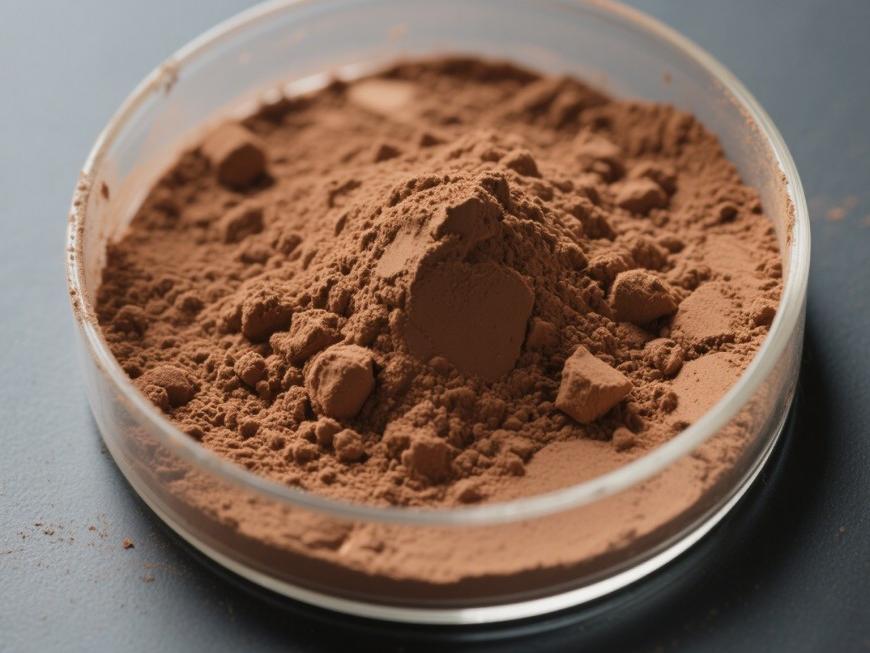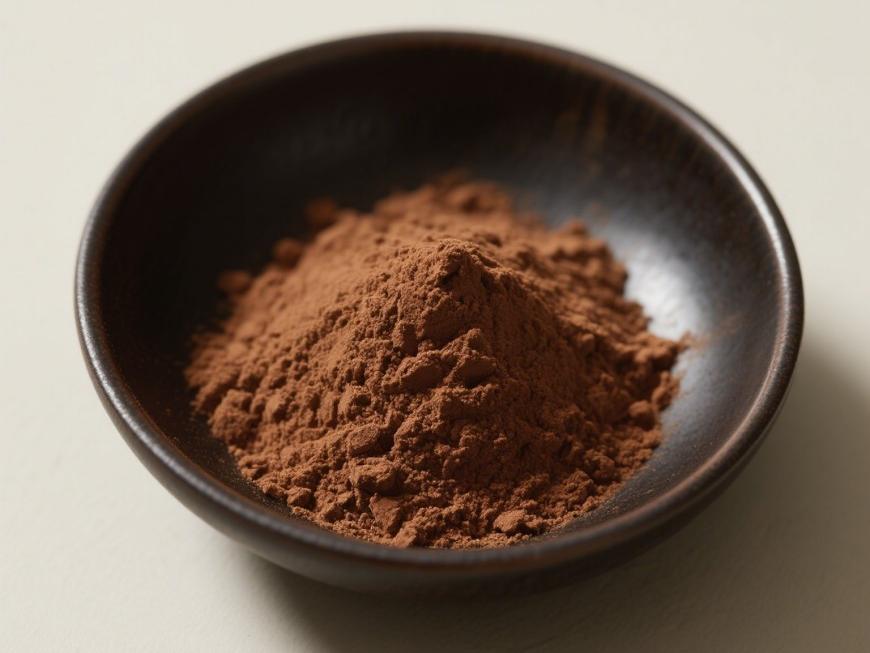Valerian Extract: Empowering Formulations for Emotional Wellness and Sleep Support
In recent years, as interest in natural health solutions continues to grow, valerian (Valeriana officinalis L。) extract—a traditional botanical ingredient—has emerged as a popular component in mood health and sleep support products due to its well-defined calming properties and rich active compounds。
Derived from the dried roots and rhizomes of Valerian, its natural active compounds—including valerenic acid and valerian triterpenes—have been demonstrated in multiple studies to promote relaxation, alleviate tension, and enhance sleep quality. This gentle, safe, and versatile ingredient is ideally suited for developing health products addressing modern demands for stress management and sleep support.
グリーン春 Technology leverages mature extraction processes and stringent quality standards to provide clients with high-purity, high-potency valerian extract. We empower brands to create safe, effective, and clearly labeled mood and sleep health products, jointly advancing the scientific application and market innovation of natural botanical ingredients in the wellness sector.

1 Valerian Extract Ingredients: Modern Technology Empowering New Health Applications of Traditional Plants
Valerian (Valeriana officinalis L.), a perennial herb in the Scrophulariaceae family, features fleshy rhizomes and dense fibrous roots rich in diverse active compounds. Its distinctive, potent aroma is a hallmark characteristic. Long recognized for these properties, valerian remains a vital natural ingredient in modern health product development.
Green Spring Technology employs modern extraction techniques to focus on isolating highly active compounds from valerian rhizomes, transforming them into standardized, stable, and reliable extract raw materials. Through scientific quality control and standardized production processes, we ensure consistent quality and active ingredient content in every batch of valerian extract, providing safe and effective natural solutions for emotional health and sleep support products.
Green Spring Technology's valerian extract raw material is suitable for various product forms, including capsules, tablets, powders, and liquid extracts. It provides robust raw material support for brand clients developing innovative health products, helping consumers achieve a more natural and balanced health experience in modern life.
2 Valerian Extract Raw Material: Empowering Formulations for Emotional Health and Sleep Support
Valerian Extract: Synergistic Multi-Active Ingredients Delivering Scientific Raw Material Solutions for Emotional Health and Sleep Support Products
Valerian extract is rich in multiple natural active ingredients. These components work synergistically through multi-targeted, multi-pathway mechanisms to deliver exceptional emotional soothing and sleep support functions, making it an ideal natural raw material for developing related health products.
Core Active Components and Efficacy Support:
・Volatile Terpenoids (Monoterpenes & Sesquiterpenes): Key efficacy components like borneol acetate and valerenic acid promote relaxation and sedation, improving sleep quality. These are recognized as important quality markers by the European Pharmacopoeia.
・ Cycloartenolides (including valerenic acid): Considered one of the core substances for valerian's soothing effects, these help regulate nervous system function, enhancing sleep depth and duration.
· Flavonoids and phenylpropanoids: Primarily found in flowers and fruits, these possess strong antioxidant properties, aiding in the alleviation of oxidative stress and supporting emotional balance.
· Alkaloids and other constituents: Multiple alkaloids and trace components in valerian collectively form the material basis for its comprehensive physiological activity, enhancing the overall formulation efficacy.

Green Spring Technology Valerian Extract Component Advantages:
· Full-component retention process: Utilizes targeted extraction technology to maximize preservation of volatile terpenes, cycloether terpenes, and other active substances, ensuring multi-pathway delivery of calming and sleep-promoting effects.
· Quality Standardization: Strict control over raw material sourcing (roots and rhizomes) and extraction processes guarantees stable key active ingredient content and high batch-to-batch consistency.
· Application Convenience: Available in powder and other formulations, it offers easy blending and broad applicability across softgels, tablets, solid beverages, tea bags, and more.
Green Spring Technology's Valerian Extract leverages its multi-component synergistic properties to provide scientific rationale and raw material assurance for developing natural products targeting emotional support and sleep health, helping brands create differentiated, high-performance wellness solutions.
3 Valerian Extract Raw Material: Empowering Emotional Wellness and Sleep Support Product Development with Multi-Faceted Physiological Activity
Through the synergistic action of multiple active components, Valerian extract demonstrates significant potential in emotional balance and sleep support, offering a scientifically reliable natural ingredient choice for related health product development.
Core Functional Characteristics:
· Emotional Calming and Relaxation Support: Research indicates Valerian extract helps reduce tension, promotes physical and mental relaxation, and enhances psychological comfort. Its active components regulate nervous system function through multiple pathways, aiding in daily stress relief.
· Sleep Quality Improvement: Multiple human trials demonstrate that valerian extract helps shorten sleep onset time, prolong rest duration, and enhance sleep quality, making it particularly suitable for developing natural health products targeting sleep disturbances.
· Antioxidant Protection: Valerian extract exhibits strong free radical scavenging capacity, with 80% methanol extract demonstrating superior reducing power and free radical scavenging activity, providing additional antioxidant value to products.
Application Advantages:
· Mild and safe for long-term use
· Synergistic effects of multiple active components for comprehensive benefits
· Excellent compatibility with various dosage forms for convenient application
Product Application Directions:
· Emotional Wellness: Stress-relief tablets, mood-balancing gummies, relaxation teas
· Sleep Support: Sleep-aid capsules, bedtime beverages, sleep sprays
· Daily Wellness: Antioxidant formulas, comprehensive health supplements
Green Spring Technology's valerian extract is produced through standardized processes, ensuring consistent stability and batch-to-batch uniformity of active components. This provides premium raw material solutions for brand partners developing emotional wellness and sleep support products.
4 Valerian Extract: Pioneering Emotional Wellness Products Through Scientific Heritage and Innovative Applications
As a naturally rich plant with a long history of use, valerian extract is gaining increasing attention for its potential in emotional soothing and sleep support. While current research has revealed its multifaceted active value, deeper ingredient exploration and product application innovation still hold vast potential.
Leveraging modern extraction technology and robust scientific research, Green Spring Technology is dedicated to transforming the value of this traditional plant into stable, high-performance ingredient solutions, delivering multiple benefits to brand clients:
Core Value Creation for Clients:
· Scientific Formulation Support: Providing highly active, standardized valerian extracts that significantly enhance product performance in emotional relaxation and sleep support
· Raw Material Stability Assurance: Ensuring consistent active ingredient content through strict process control and standardized production, effectively addressing batch variability in natural ingredients
· Application Innovation Empowerment: Versatile application across softgels, solid beverages, tea bags, lozenges, and other dosage forms to facilitate the development of differentiated health products
· Safety and compliance assurance: All products come with comprehensive quality inspection reports and technical documentation to ensure compliance with relevant regulations
Future Development Outlook: Green Spring Technology will continue deepening research and application development of valerian extract, collaborating with industry partners to advance innovative applications of this natural ingredient in emotional health. We look forward to helping clients create more market-favored health products through continuous technological innovation and quality enhancement, jointly meeting consumer demand for natural, safe, and effective wellness solutions.
Contact us at helen@greenspringbio.com or WhatsApp: +86 13649243917 today to obtain Valerian extract samples and comprehensive application solutions, and join us in developing the next generation of emotional wellness and sleep support products!
参照
【1】杜同芳、黄肇生。[m]。広州:広東科学技術出版社、2011年:603。
[2]劉chunseng、周建中、謝瑜。[m]から薬用植物のカラーアトラス。^「山西省科学技術局」。山西省科学技術局(2016年). 2016年11月11日閲覧。
【3】趙忠真、陳虎彪。[m]. [m]. [m]. [m]。^『仙台市史』仙台市教育委員会、2016年、488頁。
[4]陝西省食品医薬品局。陝西省医薬品基準案の解説[m]。Xi&#^ a b c d e f g h『科学と技術』学習研究社、2015年、353頁。
[5]趙亭。陝西省産ワレリアナエキスとワレリアナの生物活性[d]。Xi&#^ a b c d e f『北陸大学』、2012年。
[6] penzkofer m, baron a, naumann a, et al。valeriana officinalis l. s.l.の組織学的イメージング技術を用いた根断面における精油分布の評価[j]。^ a b c d e f g h i(2018) 41頁。
[7] shi jinli, liu yong, xiao peigen, et al。valeriana植物の化学成分および薬理作用[j]。外国薬に使われる・植物医学2003年18(6):231-239。
[8] wang pc, ran xh, chen r, et al。valeriana officinalis l [j]の根からのセスキテルペノイドとリグナン。化学である。1908年(明治41年)-1913年(大正2年)。
[9] wang pc, ran xh, chen r, et al。volvalerenone a, valeriana officinalisから前例のない3,12-oxoブリッジを持つ新しいタイプのモノノルセスキルペノイド[j]。2010年四面体手紙、51(41):5451-5453。
【10】zhang zhenxue, yao xinsheng。valeriana officinalisの化学研究の進展[j]。^ a b c d e f g h『化学の歴史』、2000年(平成12年)、226頁。
【11】江夏、張建超、劉延文。valeriana officinalis[j]の化学成分。中国の漢方薬,2007,30(11):1391-1393。
-
Prev
Green Spring Technology Valerian Volatile Oil: Solving the Issue of Batch Consistency in Natural Raw Materials
-
次
Valerian Extract Ingredient Offers a Natural Solution for Mood Health Products


 英語
英語 フランス
フランス スペイン
スペイン ロシア
ロシア 韓国
韓国 日本
日本





